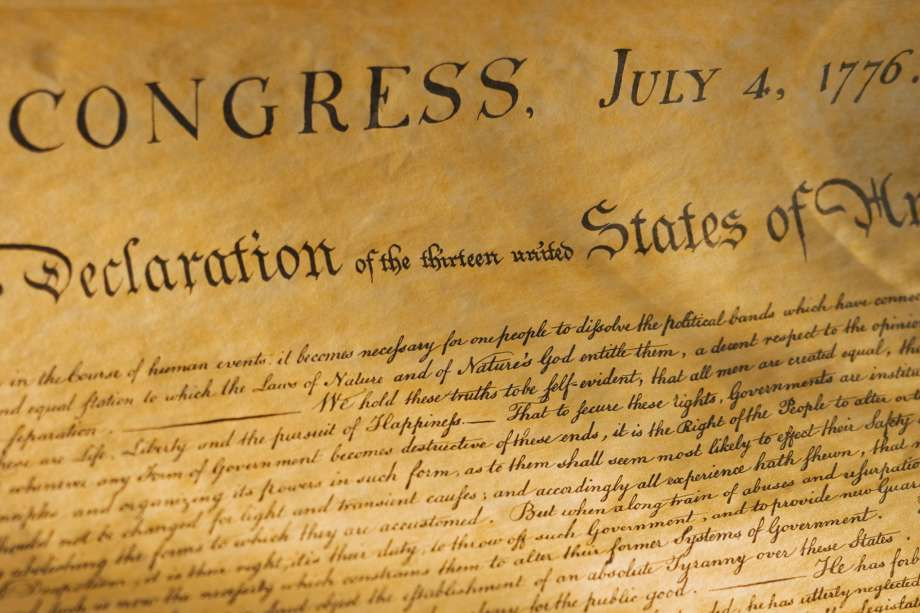Vacuum web guiding
Converting applications will typically require some type of guiding. It can be in the form of terminal or intermediate web guides, each with the peculiar conditions required to provide an effective placement of the web guide. However, all these applications are used in environments subject to atmospheric conditions. One of the most challenging web guiding applications deals with vacuum web guiding.
- Read more about Vacuum web guiding
- Log in or register to post comments

